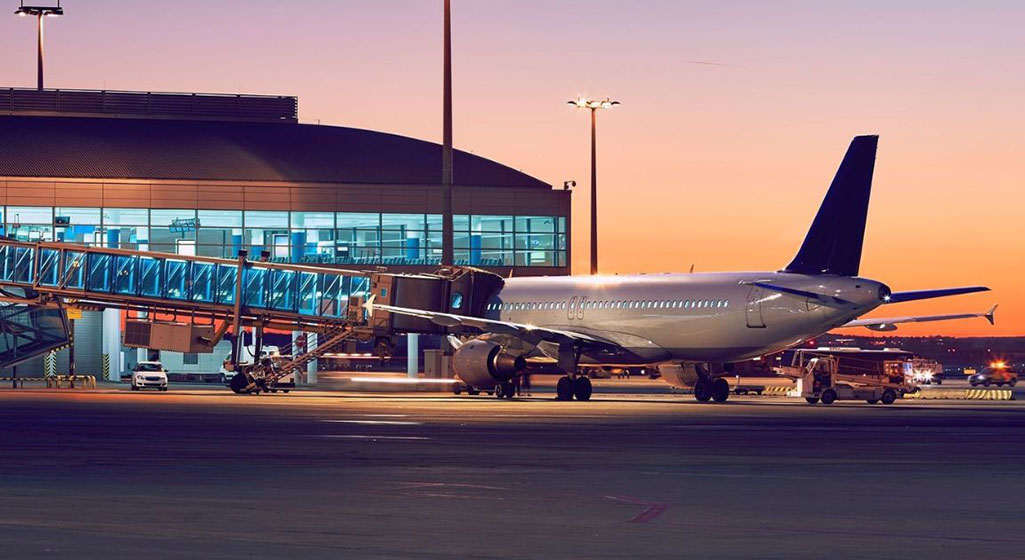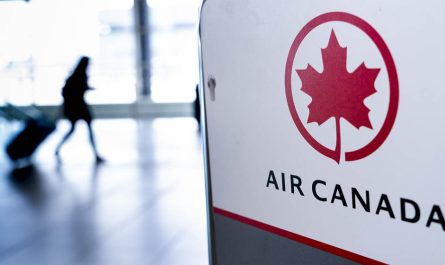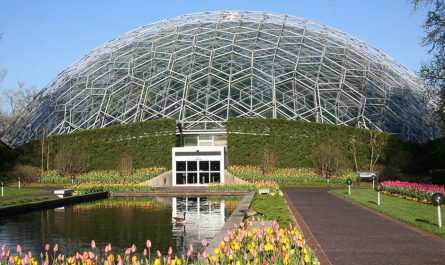As a gateway city nestled at the foot of the Canadian Rockies, Calgary is not only one of the most vibrant cities in Canada but also a key transit hub for natural wonders like Banff and Jasper National Parks. With its combination of urban sophistication and access to the wild, Calgary attracts travelers year-round. For independent travelers, understanding Calgary’s transportation system, climate, language, and payment methods is essential to ensure a smooth and enjoyable journey.
I. Transportation Guide: From the Airport to Downtown and Getting Around the City
1.1 From Calgary International Airport (YYC)
Calgary International Airport (YYC) is one of the busiest and most modern airports in Canada, situated approximately 17 kilometers northeast of downtown Calgary. The airport is efficiently connected to the city through a variety of transportation options suitable for every budget and travel style:
- Taxi: Reaching downtown by taxi takes about 20–30 minutes under normal traffic conditions and typically costs between CAD 40–50. Taxis are readily available 24/7 outside the arrivals terminal, and drivers accept both cash and major credit/debit cards. Taxis are regulated, safe, and metered.
- Airport Shuttle: Many mid-range to upscale hotels offer shuttle services, either complimentary or for a small fee. It’s advisable to contact your hotel ahead of time to arrange pickup, especially during busy travel periods or late-night arrivals.
- Public Transit (Calgary Transit): The Route 300 BRT (Bus Rapid Transit) is a cost-effective and direct connection to downtown Calgary. The bus features luggage racks and runs frequently throughout the day. A one-way fare is approximately CAD 11 and includes a transfer valid for 90 minutes on all Calgary Transit services.
- Ride-sharing Services: Uber and Lyft both operate at YYC. Pickup points are clearly marked at designated zones outside the terminal. These services offer the convenience of cashless payment through apps and allow real-time ride tracking and fare estimates.
1.2 Getting Around the City: Public Transit Overview
Calgary Transit is the primary operator for public transportation in the city, managing an efficient system that includes both buses and light rail (CTrain). It’s reliable, safe, and ideal for tourists without a car:
- CTrain: The CTrain light rail system consists of two main lines—the Red Line and Blue Line—connecting key districts, suburbs, and major attractions. It operates from approximately 5:00 AM until midnight, with frequent service during peak hours. A major bonus for visitors: travel within the downtown corridor between City Hall and Downtown West-Kerby stations is completely free, which makes exploring Calgary’s core effortless and budget-friendly.
- Bus System: Calgary’s bus routes offer extensive coverage, serving neighborhoods, commercial centers, and points of interest. Some routes provide Night Owl service on weekends, perfect for late-night events or flights. Buses are clean, punctual, and accessible for those with mobility needs.
- Fares: A single adult fare is CAD 3.70, valid for 90 minutes across buses and CTrains. If you plan multiple trips in a day, opt for a Day Pass at CAD 11, or consider a monthly pass for longer stays. Discounts are available for youth, seniors, and children.
- Ticket Purchase: Tickets and passes can be purchased at vending machines located at all CTrain stations, convenience stores like 7-Eleven, or directly through the Calgary Transit App, which also provides real-time tracking, service alerts, and route planning tools to help navigate the system.
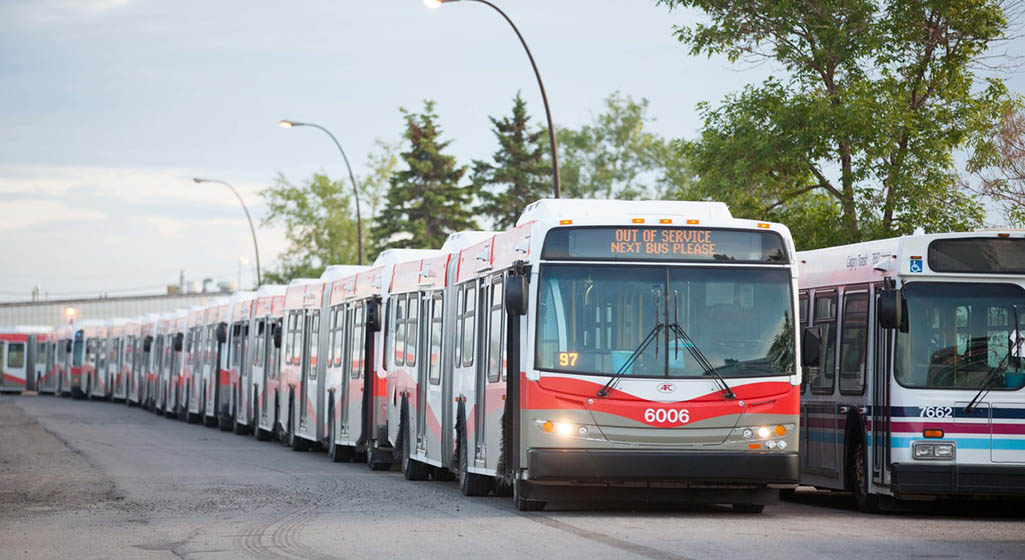
1.3 Self-driving and Car Rentals
If you’re planning a road trip to Banff, Jasper, Lake Louise, or along the stunning Icefields Parkway, renting a car is highly recommended for flexibility and access to remote scenic spots. Calgary has numerous car rental options available both at the airport and in the city:
- Car Rental Companies: Major rental companies including Enterprise, Avis, Hertz, and Budget have locations at YYC and throughout Calgary. Online booking in advance is advisable, especially during summer or ski season.
- Driver’s License: Tourists can drive in Alberta with a valid Chinese driver’s license if accompanied by a certified English translation. An International Driving Permit (IDP) is also widely accepted and sometimes preferred by rental agencies for smoother verification.
- Fuel Price: As of 2025, gasoline prices in Calgary hover around CAD 1.50 per liter. While this is lower than many parts of Europe, it may be slightly more expensive than prices in East and Southeast Asia. Most gas stations accept credit cards and offer self-serve pumps.
- Winter Driving: Calgary experiences heavy snow and icy roads from November to March. If traveling during winter, choose a rental car with winter tires and consider adding insurance for extra coverage. Always check road conditions through the 511 Alberta website or app before heading out to the mountains.
II. Weather & Clothing: Seasonal Tips for Packing Smart
Calgary features a classic inland plateau climate—marked by dry air, four distinct seasons, and substantial daily temperature variations. Packing smart is key to enjoying the city’s outdoor and cultural activities year-round.
2.1 Spring (March–May)
- Temperatures: -5°C to 15°C; mornings and evenings remain brisk, though afternoons can be surprisingly warm under the sun.
- What to wear: Opt for layered outfits—think long-sleeve shirts, insulated jackets, scarves, and waterproof shoes, especially in March when snow may linger.
- Highlight: Spring offers the perfect contrast between snow-capped Rocky Mountain views and the awakening urban parks. Don’t forget your camera, as early spring light creates stunning photo opportunities.
2.2 Summer (June–August)
- Temperatures: 15°C to 30°C; although days are hot, the low humidity keeps the heat manageable.
- What to wear: Pack T-shirts, breathable pants or shorts, light jackets for cooler nights, and accessories like sunglasses, hats, and SPF 30+ sunscreen.
- Travel Tip: With extended daylight hours (sunset around 10 PM in June), summer is ideal for exploring Banff, kayaking on Lake Louise, or enjoying Calgary Stampede events. Dress comfortably but be ready for sudden afternoon thunderstorms.
2.3 Autumn (September–November)
- Temperatures: 5°C to 20°C; September still feels like late summer, but October ushers in crisp air and changing leaves.
- What to wear: Layer with windbreakers, knit sweaters, and scarves. Waterproof footwear is useful, especially if you plan nature walks through leaf-covered trails.
- Tip: The Canadian Rockies transform into a painter’s palette of gold and crimson—perfect for scenic drives. Since snow can surprise as early as October, check weather forecasts daily and dress accordingly.
2.4 Winter (December–February)
- Temperatures: -20°C to 0°C, with cold snaps dropping to -30°C or below. Calgary often experiences “Chinooks”—sudden warm winds that provide brief temperature relief.
- What to wear: Bundle up with high-quality down coats, thermal inner layers, snow boots, insulated gloves, hats, and wool scarves. Hand warmers are highly recommended.
- Travel Tip: Perfect for winter sports lovers—head to nearby resorts like Sunshine Village or Nakiska. Just remember: sidewalks and roads can be icy, so walk carefully and drive with winter tires.
III. Language: English Dominates, With Multilingual Options
3.1 Official and Common Languages
Canada recognizes both English and French as official languages, but in Alberta—and Calgary in particular—English is overwhelmingly used. Most signage, public transport announcements, and customer service interactions occur in English. Even if your English is basic, locals are generally friendly and patient, and signage is clear and easy to follow.
3.2 Chinese Community & Language Access
Calgary’s vibrant Chinese community means you’ll encounter Mandarin and Cantonese speakers in key areas like Chinatown, which is filled with Asian eateries, herbal shops, and cultural centers.
- Chinatown: Chinese menus and signs are common, and many business owners speak Mandarin or Cantonese fluently.
- Travel Resources: Chinese-language travel apps such as KLOOK, Mafengwo, and Qyer are great for booking tours or finding restaurants. Calgary International Airport and major hotels may also have multilingual support staff.
3.3 Useful English Phrases
Here are a few English phrases that can help travelers during everyday interactions:
- “Where is the nearest CTrain station?”
- “Can I use my credit card?”
- “Do you have a Chinese menu?”
If you’re not confident in English, download Google Translate with offline packages or use bilingual dictionary apps for convenience.
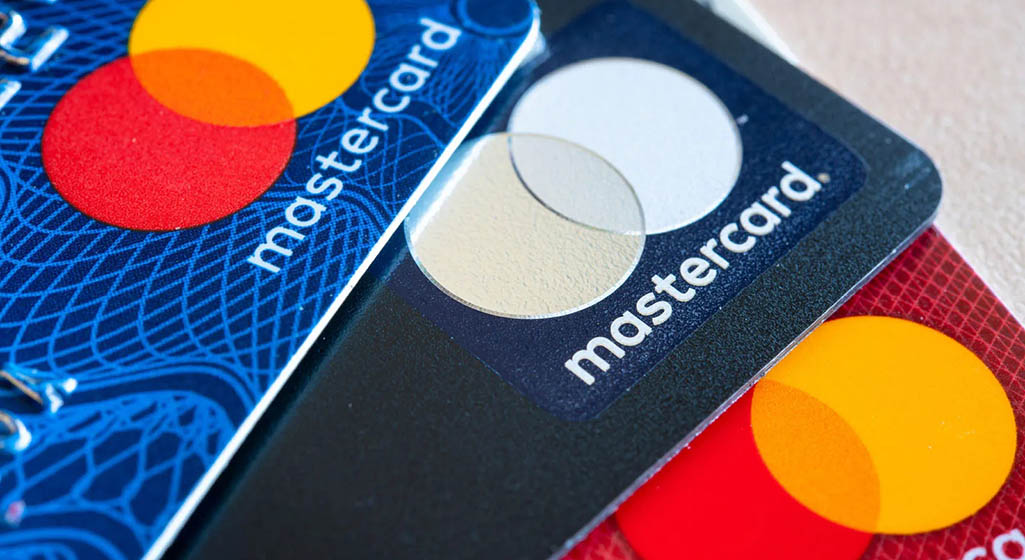
IV. Payment Methods: From Cash to Digital Wallets
4.1 Common Payment Methods
- Credit/Debit Cards: Widely accepted (Visa, MasterCard, Amex). Mobile payments (Apple Pay, Google Pay) also common.
- Cash: Canadian Dollar (CAD) is the only legal currency. Larger bills should be exchanged in advance. Some small vendors and buses may only accept cash.
- Travel Cards: Opt for travel-friendly credit or debit cards with no foreign transaction fees.
4.2 Currency Exchange & Withdrawals
- Airport/Bank Exchanges: Lower rates and higher fees—use with caution.
- ATMs: Available citywide. Choose reputable banks like Scotiabank, TD, or RBC. Be aware of withdrawal fees and limits.
- Avoid Pitfalls: Private street exchange kiosks may charge hidden fees—avoid if possible.
4.3 Tipping Etiquette
- Restaurants: Tip 15%-20% of the bill; up to 25% for excellent service.
- Hotel Staff: CAD 1–2 for bellhops or housekeeping per service.
- Taxis: Tipping is not mandatory but 5%-10% is appreciated.
Calgary isn’t just a stopover between city and nature—it’s a destination in its own right. Mastering its transport, climate, language, and payments will ensure your trip runs smoothly. Whether you’re a ski enthusiast, nature lover, or urban explorer, Calgary promises a rewarding experience. Plan ahead and gear up for your unforgettable Alberta adventure!

